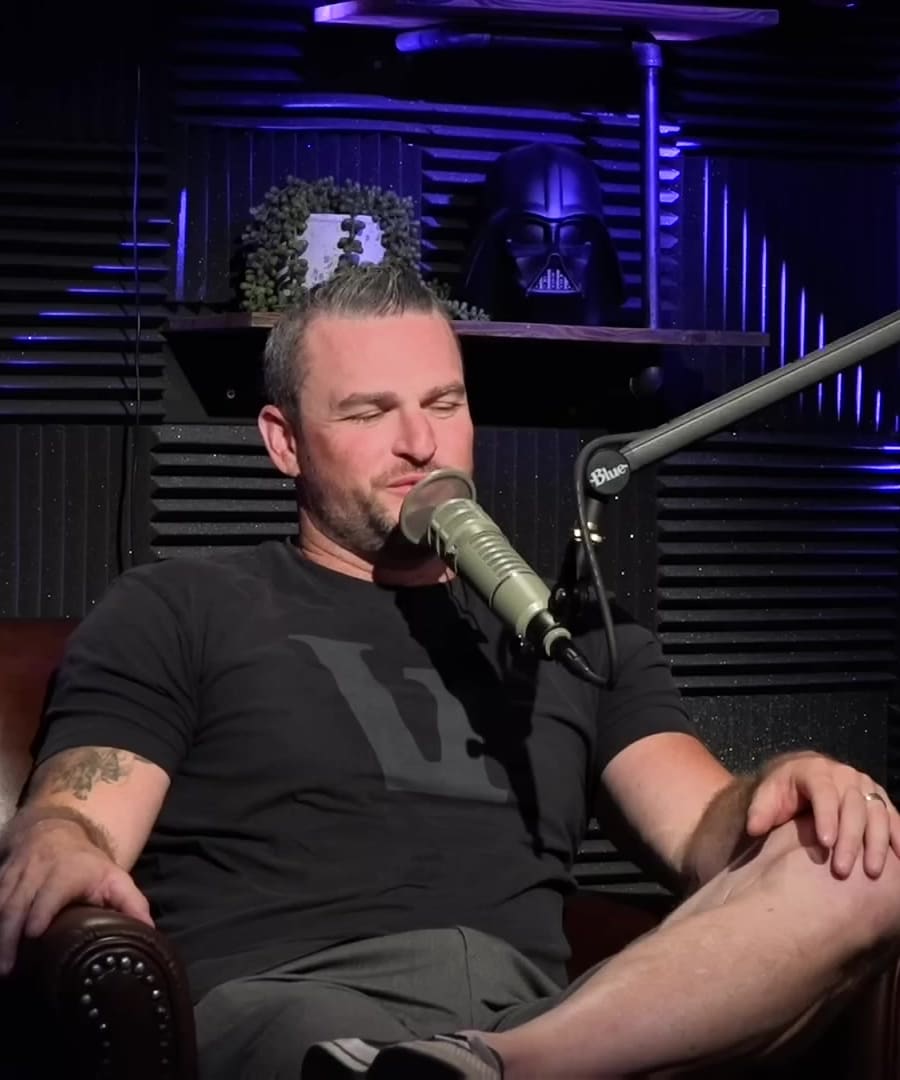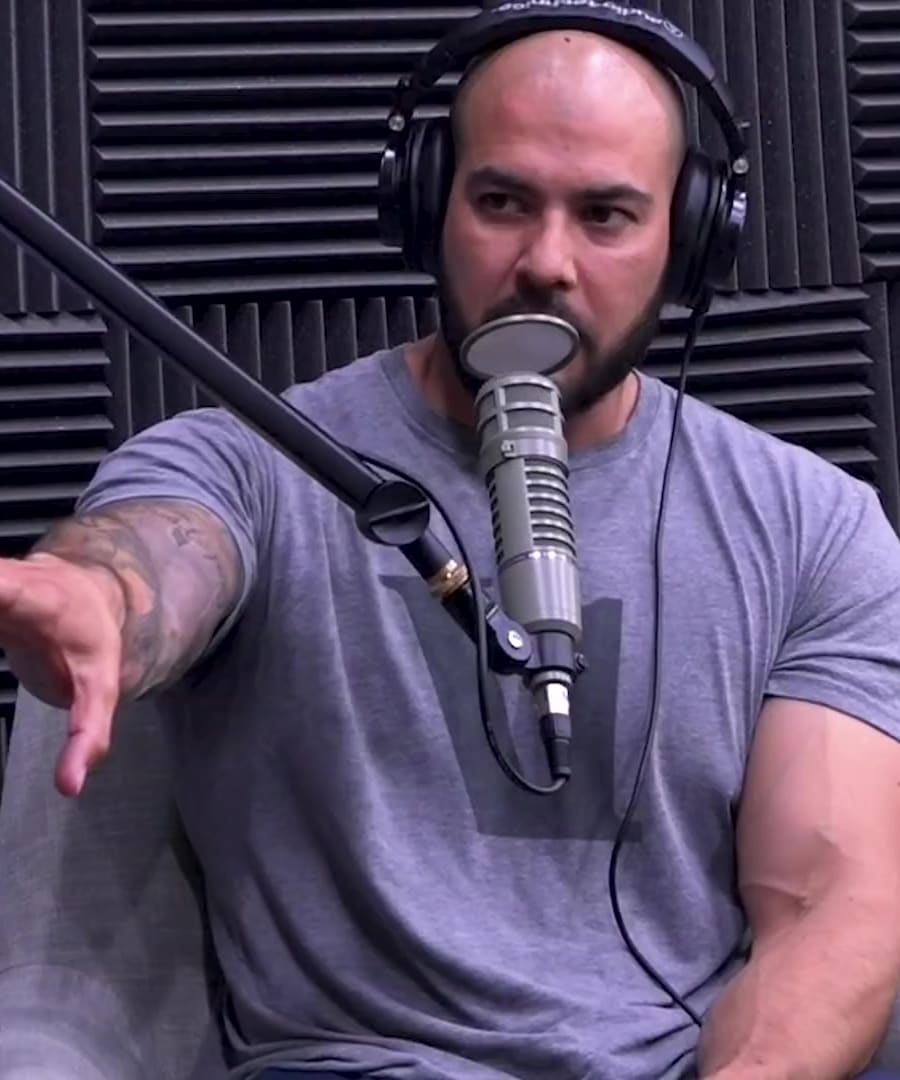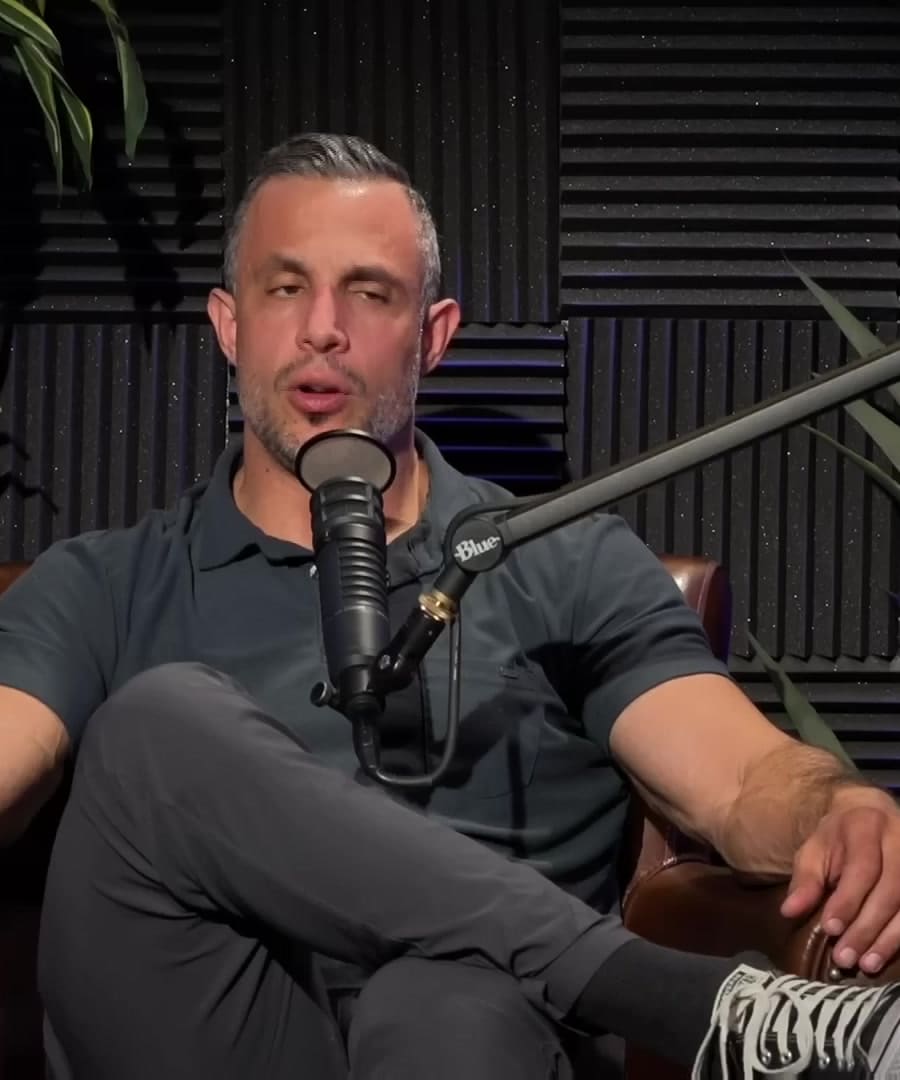Stabilizer muscles
Sources:
Stabilizer muscles play a crucial role in exercise, particularly in unilateral movements and unfamiliar exercises which require adaptations from the body. In , and explain how these muscles are necessary for controlling movement when transitioning from bilateral to unilateral exercises, such as from squatting to lunging. This challenge reflects the necessity of stabilizers in managing body mechanics when support from other limbs is absent 1.
Stabilizer muscles also play a significant role in injury prevention. Lack of familiarity with certain movements can lead to instability and potential injuries, as noted in the discussion about suspension training and stabilizing exercises on 2.
Moreover, strong, well-conditioned stabilizer muscles are essential for enhancing the performance in major lifts. Weak stabilization capabilities can significantly hinder performance, as discussed in , where workouts targeting these muscles using techniques such as isometrics or unilateral exercises can bridge the gap 3.
In , stabilizing muscles, particularly the core, are highlighted as crucial for not just lifting, but sports performance in general. Building stability through various position holds and isometrics is explored to maximize potential and minimize weaknesses 4.
Finally, in , the importance of strong stabilizers to support powerful prime movers like the chest and shoulders is emphasized, noting that neglect of these muscles can lead to pain and injury 5.
RELATED QUESTIONS




